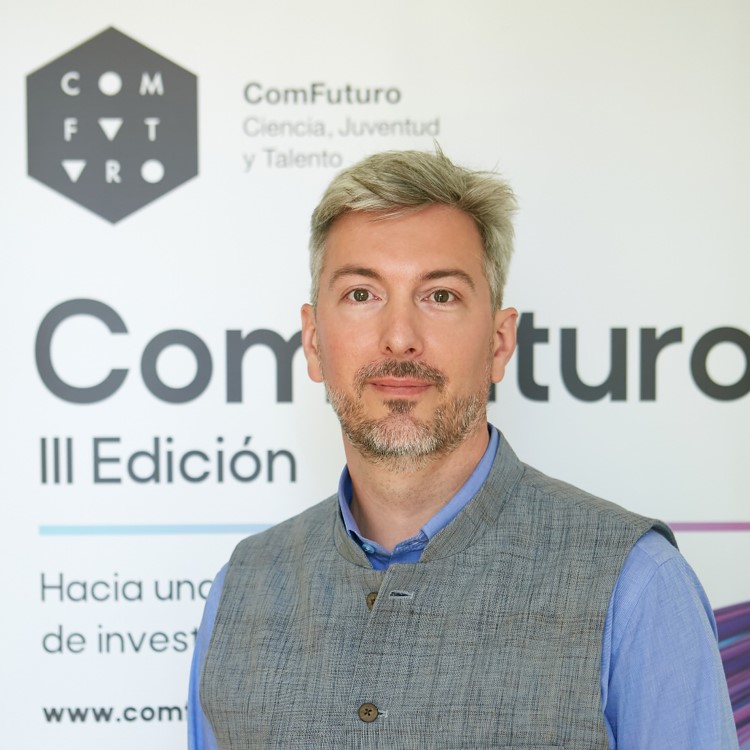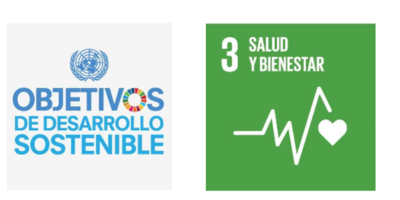
Thomas S. van Zanten obtained his master’s degree in Chemical Engineering in 2006 from Twente University (Enschede – The Netherlands).
For his doctoral studies he joined the Institute for Bioengineering of Catalonia (IBEC, Barcelona – Spain) and received his PhD in physics from the University of Barcelona in 2011. He continued his research on bridging the gap between plasmonic nano-antennas and cell membrane biology at the Institute of Photonic Sciences (ICFO, Casteldefels – Spain) as a postdoctoral researcher.
In 2014 he joined the National Center for Biological Sciences (NCBS, Bangalore – India) with an EMBO longterm fellowship (2014-2016) followed by an NCBS Campus Fellowship (2016-2020) and focussed his research on the quantitative understanding of organizing principles of the cell membrane.
Starting April 2023, he became a ComFuturo fellow at the Instituto de Nanociencia y Materiales de Aragón (INMA, CSIC-UNIZAR) at Zaragoza, Spain, where he carries out his project START2cross.


Extended project summary:
Every external signal or stimulus that a living organism perceives is processed as a dynamic cascade of interacting and changing macromolecules. These cascades are essential for normal day-to-day functioning of cells and the majority of diseases we know are caused by alterations in how molecules relay such signals. Because of the crowded environment in which these processes occur, following molecules individually has remained one of the major challenges in the field of biotechnology.
START2cross project aims to extract local information from individual molecules by attaching a nanoscale photonic antenna to the molecule in its native environment. Just as conventional antennas on our phones or radios can send and receive information, photonic antennas are able to exchange local and far-away information. The design, construction and usage of these devices will combine expertise from chemistry, physics, biology and medicine.
The ability to probe what happens in physiological environments at a molecular level will open avenues for both diagnostics and improving our understanding of biological signal transduction.
Scientific output derived from the ComFuturo START2CROSS Project
Scientific articles
Y. Fernández-Afonso; S. Ruta; A. Páez-Rodríguez; T.S. van Zanten; S. Gleadhall; R.M. Fratila; M. Moros; M. Puerto Morales; A. Satoh; R.W. Chantrell; D. Serantes; L. Gutiérrez. (2024). Reversible Alignment of Nanoparticles and Intracellular Vesicles During Magnetic Hyperthermia Experiments. ADVANCED FUNCTIONAL MATERIALS. DOI: 10.1002/adfm.202405334
Works presented at congresses
L. Chica; A Páez-Rodriguez; Y Fernández-Afonso; L Gutiérrez; T.S van Zanten. Initial distribution and final alignment of intracellular vesicles loaded with nanoparticles after magnetic hyperthermia treatment II Asamblea Conexión Nanomedicina. Poster. Madrid, Spain. 4/11/2024-5/11/2024
T. S van Zanten. Tuning in to nanoscale membrane dynamics with near-field optical antennas. European South Atlantic Biophysics Congress. Oral presentation. San Sebastián, Spain. 05/07/2024-07/07/2024
T. S. van Zanten. Optical sectioning techniques – Confocal Microscopy. 13th International Bangalore Microscopy Course (BCM-2023). Invited oral presentation. Bangalore, India. 24/09/2023-01/10/2023
T. S. van Zanten. Super Resolution Microscopy – STED and SIM. 13th International Bangalore Microscopy Course (BCM-2023). Invited oral presentation. Bangalore, India. 24/09/2023-01/10/2023
Scientific seminars
T. S. van Zanten. Zooming in on living cells using nanophotonics. 2º Encuentro INMA. Invited oral presentation. Zaragoza, Spain. 12/12/2023-13/12/2023
T. S. van Zanten. There and back again. Weekly department seminars. Oral presentation. Zaragoza, Spain. 04/05/2023
T. S. van Zanten. Confocal microscopy and analysis. Weekly department seminars. Oral presentation. Zaragoza, Spain. 11/04/2023